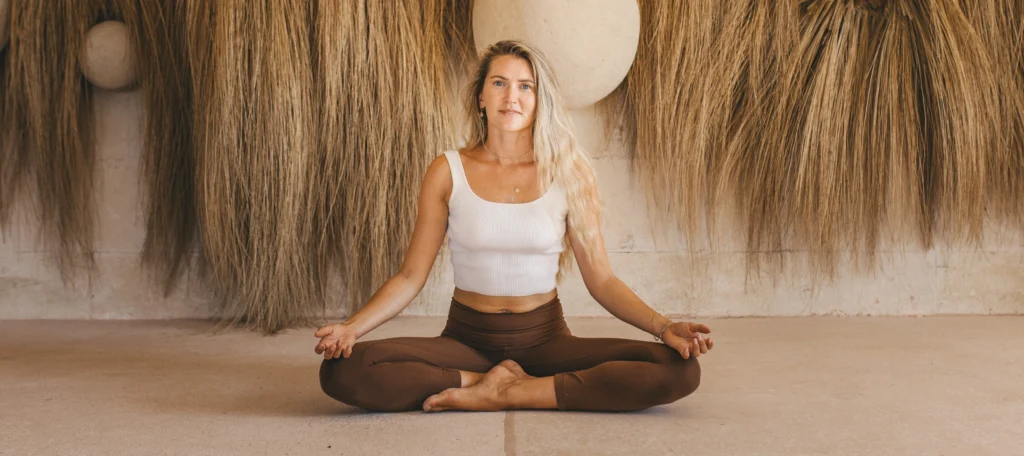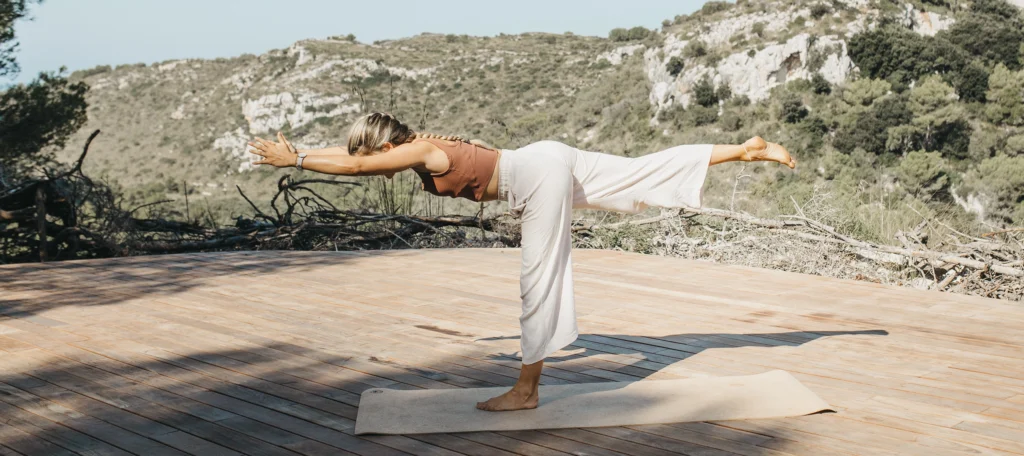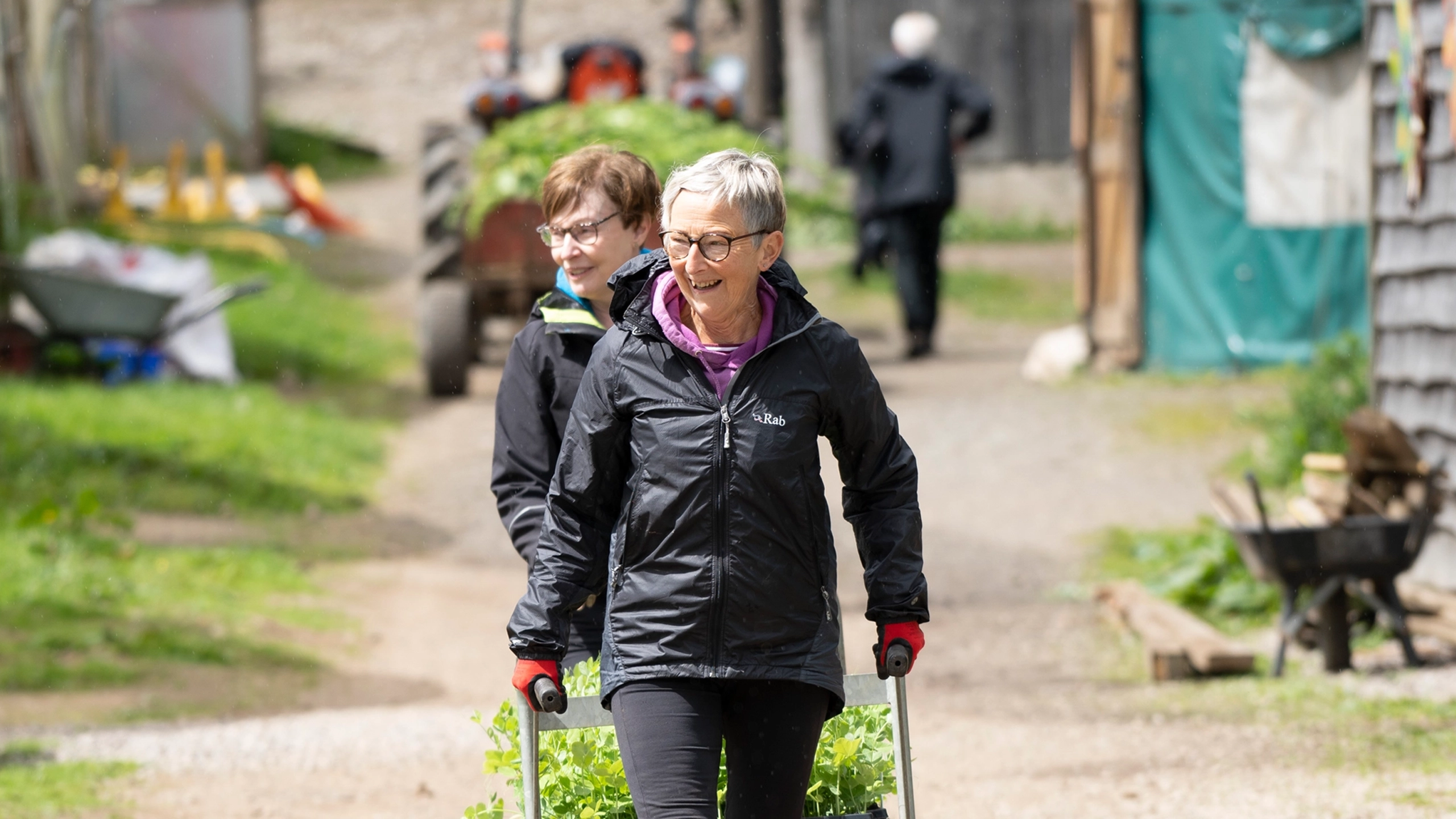
It’s been around for many thousands of years and its devotees claim it will still the mind and improve the body, but can yoga really build resilience in business? Actuary and yoga and meditation specialist Claire Naisby says yes.
Resilience is cultivated both physically and mentally through yoga. Physically, the practice diversifies movement patterns often neglected in daily life, counteracts common sedentary postures and strengthens muscles around joints, creating stability and preventing injuries. Mentally, yoga nurtures resilience through mindfulness, offering an opportunity to observe and become aware of habitual thoughts and reactions. This awareness provides a moment of pause, enabling us to respond skilfully to life’s challenges rather than react impulsively.
My journey has taken me through a career in numbers as an actuary with an emergent side-hustle as a yoga and meditation teacher. This has brought the structured, rational world of business together with the intuitive, spiritually-rich practice of yoga.
The corporate world, with its focus on logic, efficiency and measurable outcomes, tends to prioritise the mind, leading us to overlook deeper dimensions. Emotional, mental, physical, and spiritual needs are required for us to live well and be well. Yoga, rooted in ancient Eastern traditions, serves as a remedy to these overlooked aspects.
When the nervous system is under strain, we often find that ‘the body keeps the score’, as described by Dutch psychiatrist Bessel van der Kolk. Our systems can manage varying degrees of load until the pressure valve becomes overwhelmed and the system falters. This load isn’t necessarily a negative thing – we want resilient nervous systems that can respond and react to life’s stressors, and then return to a harmonious state.
Signs of an overloaded nervous system include disrupted sleep and digestion, restless thoughts, low mood and energy, heart palpitations, detachment, high emotional sensitivity.
There’s a yoga for everyone. Whether you’re into hot and sweaty sessions or prefer slow and soothing practices. When I feel charged my yoga practice is very dynamic and could be compared to pilates, calisthenics, and gymnastics.
What sets yoga apart is its mindful element. It’s not just about the physical movements; it’s about finding stillness and introspection.
As an actuary, I know long hours and I know burnout. I know what happens when you give too much of yourself to your work. Yoga has given me a map to find balance again. Just as executives use strategic tools to reach professional targets, yoga is a tool to reach personal ones – from a physical, mental, emotional, energetic or spiritual perspective. I can only speak for myself but when I am prioritising my wellbeing I am more energised, creative and authentic in my work.
It’s up to you how you approach yoga. If you just want to stretch and release tension, fine, but what do you do in the quiet moments? Your mind may run away – ‘wow my hamstrings’, ‘did I leave the iron on’, ‘this is taking awfully long’, ‘I cannot wait for lunch’, ‘can we do the sleepy bit now’… A yoga teacher can guide you to return to a place of neutrality – the breath, the body – and, with that, cultivate focus. THIS is the hardest part of the practice.
I have used yoga and meditation to step back from constant success-seeking to understand myself better. By integrating mindful practice into daily life, you’re cultivating self-awareness, resilience, emotional intelligence, leading to a more authentic and balanced approach to work and life.
Claire Naisby is an actuary and yoga and meditation teacher based in Newcastle and London.
www.restoreyoga.co.uk



